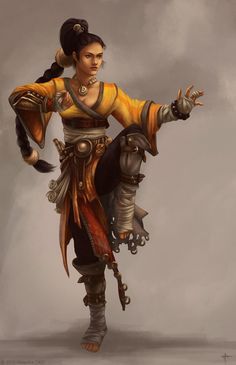Martial arts can be described as a system of combat that has been codified. They are also used for law enforcement, self-defense and entertainment. They are also part a nation’s cultural heritage. In addition to combat, they can be used as a source of spiritual, mental, and physical development, and as entertainment. Learn more about the different types and how to train. Remember that a definition of martial arts is not a comprehensive list of all styles.
Styles of unarmed combat
Unarmed combat has been practiced throughout history. Unarmed combat has been a part of military training, regardless of whether it is street fighting or a battle with a large weapon. Unarmed combat techniques were used by Chinese soldiers as early as the Zhou Dynasty (ten thousands years ago). German rifles were made without bayonet lugs even in World War I. Though armed combat techniques have evolved, they are still common in modern military training.
Muay Thai, a martial art that dates back to the martial arts melbourne, has a long history. It was originally developed to defend against Siamese but has since evolved into a competitive sport. Muay Thai, also known as “Art of Eight Limbs”, combines elements of boxing and kickboxing. Other than using the elbows, knees and other weapons, the fighting style also makes use of various weapons.
Techniques for unarmed combat
There are numerous types of unarmed combat in the martial arts, and each one has its own set of techniques. The hand configuration for unarmed combat is different to most martial arts. The thumb is raised above the index finger. This creates a more rigid structure that can withstand a blow. Techniques can also be adapted from other martial art. Below are some examples for unarmed combat in the Martial Arts.
Close Quarters Combat is the name given the training techniques used during World War II. It was created by Eric Anthony Sykes and William Ewart Fairbairn, who both served in the Shanghai Municipal Police Department. Shanghai was a dangerous port and was home of an organized crime-run opium market. The techniques used in CQC were adapted from judo, boxing, wrestling, and street fighting.
Techniques used in armed fighting
There are many different types of martial arts, all of which use various weapons to protect their practitioners. Traditional martial arts have been preserved in sport forms and have had their emphasis changed. Savate, for instance, is very popular in modern France. Sabre duelling, or mensur is, however, is prohibited. However, martial arts like judo can be found anywhere.
Although armed combat methods are based on science they do not always reflect warrior code values. A warrior code is a set of martial values that must embodied by warrior elites. Close combat is different from unit cohesion, esprit de corps, and other forms of close combat. When studying martial arts, it is important to understand the differences between these two forms. It is important that you understand that close combat is more complicated than unit cohesion. Unit cohesion focuses on the “how.” of armed conflict.
Characteristics and traits of a martial artist
Respect, discipline, and adaptability are some of the most valuable qualities of a martial arts artist. A good martial artist is able to adapt to any situation and can also work around weaknesses in the opponent’s style. Using a variety of techniques, a martial artist aims to maximize his or her opponent’s strengths and minimize his or her weaknesses. This versatility allows the martial artist to design a customized game plan for any situation.
A person who can fight for “right” can overcome the physical superiority of his opponent. MA fighters are taught to fight only when necessary and to fight for their “right”. “Might for Right” was a term that was first coined by a MA Master. Despite their physical superiority, a martial artist must never underestimate a person’s strength and resilience. A good fighter also knows how to deal with stressful situations and can react in a way that makes him or her superior.
Characteristics of a fighter
There are many characteristics that make a fighter unique to each sport. Some fighters are kind and compassionate, while others are cocky or angry. There is a huge range of fighters and their motivations. Some fight to prove themselves, while others are trying to overcome personal setbacks or compete in tournaments. No matter the reason, fighters must have humility and respect for each other. Whether they are competing for honor, championship, or fame, a fighter needs deep-rooted goals.
Physiological and biomechanical characteristics of male and female fighters differ. Studies on male and female fighters have shown that female fighters have different isometric strengths. Male fighters display much higher peak muscular power and strength. Female fighters have less muscle mass, and a slower resting metabolism. Mixed martial arts fighters exhibit characteristics very similar to fighters from other combat sports.
